Most of us eat chocolate for our taste bud pleasure, but there are actually many wonderful benefits to eating chocolate. The type of chocolate you are eating is very important. Health benefits lie in the cocoa itself, so the higher the cocoa content the better.
Probably the most health-promoting way to include cocoa into your diet is to use 100% cocoa powder. Lacking the sugar content of chocolate it will certainly not be as sweet but it is the way to get the most cocoa content.
In this way those who choose not to eat sugar can enjoy the health benefits. Unsweetened cocoa powder can be drunk as hot chocolate or added to smoothies.
It is generally recommended that chocolate eaten for health benefits should have a minimum cocoa content of 70%. Fine dark chocolate bars will list the cocoa content clearly on the front label.
Please also try my Gluten Free Chocolate Mousse Cake

Probably the most health-promoting way to include cocoa into your diet is to use 100% cocoa powder. Lacking the sugar content of chocolate it will certainly not be as sweet but it is the way to get the most cocoa content.
In this way those who choose not to eat sugar can enjoy the health benefits. Unsweetened cocoa powder can be drunk as hot chocolate or added to smoothies.
It is generally recommended that chocolate eaten for health benefits should have a minimum cocoa content of 70%. Fine dark chocolate bars will list the cocoa content clearly on the front label.
Please also try my Gluten Free Chocolate Mousse Cake
The commercial milk chocolate is not going to produce the health benefits of rich dark chocolate. I always look for organic chocolate that has been certified fair trade as well.
Please also try my heart-opening exercise/visualization is about opening your heart to Love
Meditation to receive Universal Love
Cocoa is often touted as an aphrodisiac and scientific studies show this to be true. One reason for this may be because it increases the amount of serotonin in the brain, helping to improve mood, sleep and other regulatory functions. Furthermore, cocoa is nutrient dense, including amounts of calcium, magnesium and potassium, folic acid, B2, and B6. Being well nourished and in a good mood can open the door to amorous activities.
The following recipe attempts to use only small amounts of sugar and also incorporates other herbs into the mix. There are really so many possibilities for making your own herbal truffles. I hope this recipe gets you started on your own chocolate adventure.
Herbal Dark Chocolate Truffles
For this recipe you will need…
- 8 ounces of chocolate (I use 4 ounces of 100% Cocoa and 4 ounces of bittersweet chocolate)
- 2/3 cup heavy organic cream or Organic Creamed Coconut
- 2 teaspoons Vanilla Extract
- 1 teaspoon powdered Organic Ceylon Cinnamon Powder
- 1/2 teaspoon powdered Nutmeg
- Powder Cocoa and powdered roses for rolling
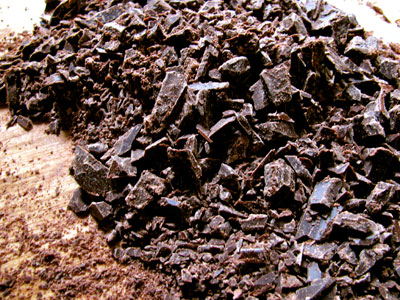
Warm the cream (or coconut milk) slowly until just before it starts to simmer. Pour this immediately into the bowl with chocolate.
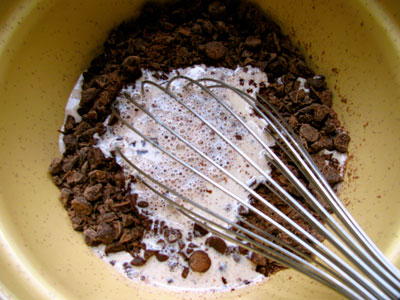
Let this stand for one minute and then stir with a whisk until the chocolate is melted and it has a smooth consistency.
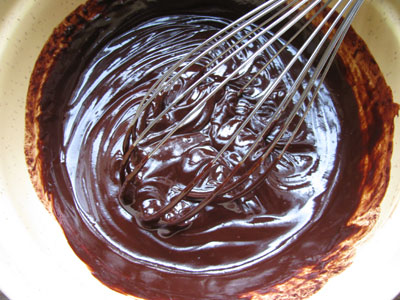
Note: Most of the time, when I make these, this process works great. One or two times I didn't make the chocolate pieces small enough and it didn't fully melt with the cream. When this happened I placed the chocolate in a double boiler and heated it slowly until the chocolate melted.
Once you have the truffle sauce it needs to cool to a semi-hard consistency. I don’t have a foolproof method for this. I suggest keeping it in the fridge or freezer and checking it frequently. It needs to be soft enough to form into a ball, yet hard enough to roll without falling apart.
Once the desired consistency is reached you can start rolling. Scoop the mixture into bite sized pieces and, using clean hands, roll into a ball.
Once they are all rolled I suggest rolling them in a powder. I think it’s nice to have a variety of powders within a single batch. I suggest playing around with the following…
- 100% cocoa powder
- 100% cocoa powder mixed with cinnamon
- 100% cocoa powder mixed with powdered rose petals
- powdered rose petals
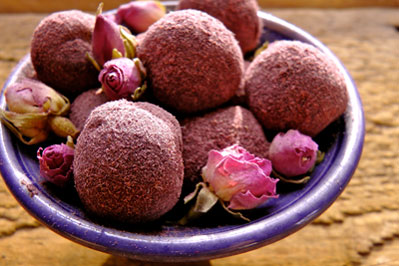
Variations
Orange zest – can be added to the truffles themselves or even used to roll the truffles in.
– can be added to the truffles themselves or even used to roll the truffles in.
Coconut – to roll the truffles in.
– to roll the truffles in.
Baking extracts come in all sorts of flavors and can be added here (mint, coffee, orange, etc)

Earl Grey – Heat the cream and add a few teabags of earl grey. Let sit for five minutes, remove tea bags, heat the cream again and then proceed as per normal. You may need to add a bit more cream to this.
– Heat the cream and add a few teabags of earl grey. Let sit for five minutes, remove tea bags, heat the cream again and then proceed as per normal. You may need to add a bit more cream to this.
Lavender – add 2 teaspoons of lavender to the warmed cream. Let sit five minutes, strain off the lavender, reheat and then proceed.
– add 2 teaspoons of lavender to the warmed cream. Let sit five minutes, strain off the lavender, reheat and then proceed.
As you can see this is just the beginning of finding your own favorite truffle recipe.
Enjoy!
~Rosalee - /

Tips for healthy Digestion:
Ancient Health Tips to Manage your Acid Reflux, Bloating, Heart Burn and Indigestion
Yoga practice to increase Abdominal Fire, Reduce Fat and Purify the entire system of Toxins
Shop KEYLIME Yoga Wear
Exercise to improve immune system and heal the body:
QIGONG WALK is an excellent exercise for everyone to increase Qi (vital energy) quickly
The Key to Longevity
Eight Exercises for Fitness, Healing, and Longevity
Acupressure Point and Natural Remedies for Hemorrhoids
Resources:
Ancient Health Tips to Manage your Acid Reflux, Bloating, Heart Burn and Indigestion
Yoga practice to increase Abdominal Fire, Reduce Fat and Purify the entire system of Toxins
Shop KEYLIME Yoga Wear
Exercise to improve immune system and heal the body:
QIGONG WALK is an excellent exercise for everyone to increase Qi (vital energy) quickly
The Key to Longevity
Eight Exercises for Fitness, Healing, and Longevity
Acupressure Point and Natural Remedies for Hemorrhoids
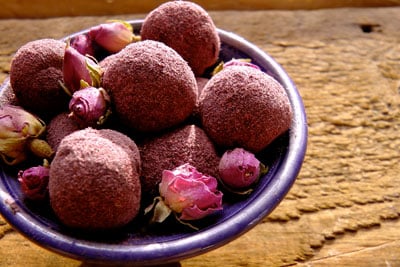











Comments
Post a Comment